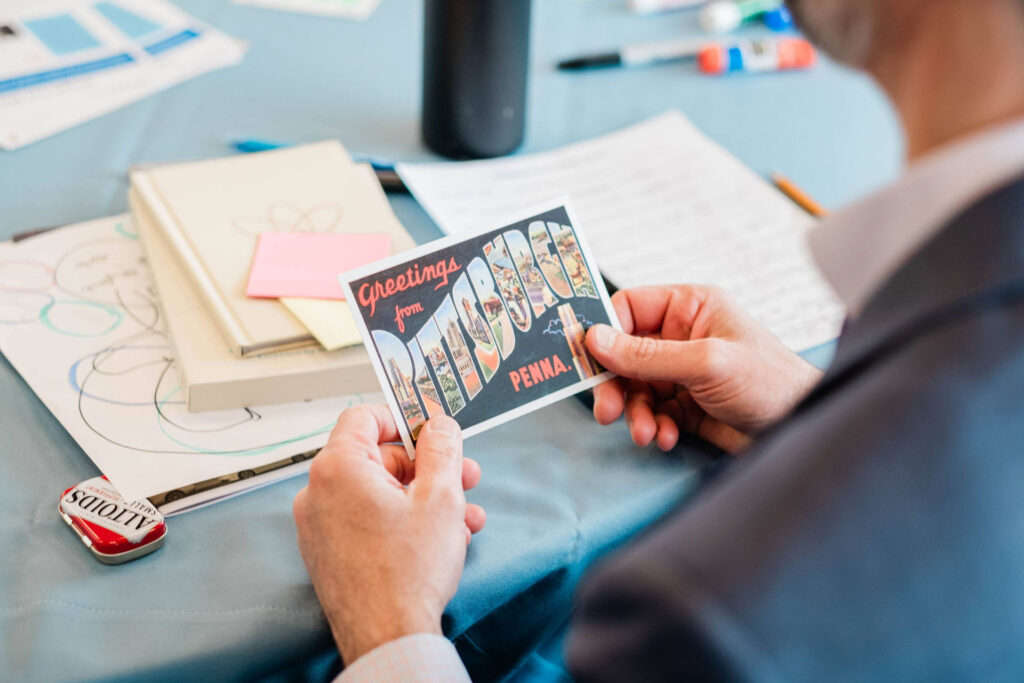Learning ecosystems exist in some form in every community around the world. They hum in the background each time students take a field trip to a museum or a teenager masters a new skill at an afterschool club and brings that knowledge to the classroom the following morning.
But something especially powerful happens when people consciously build and grow the complex web of resources and relationships that allow learning to happen everywhere. When a community nurtures its learning ecosystem, sorely needed opportunities emerge for children and families. New pathways grow that allow community centers to partner with child-care providers and museums to collaborate with middle schools.
In the process, educators of all kinds feel more inspired and appreciated. Organizations that might never have communicated can build fruitful collaborations. And in this climate of cross-pollination and creative partnership, even small amounts of seed money can spark valuable change.
How does a community make this happen? What can the world’s most developed learning ecosystems share with those that are newer to this work? And what ambitious visions can build on today’s learning ecosystems and help strengthen them everywhere?
To grapple with these questions, Remake Learning invited hundreds of the world’s most forward-thinking educators, nonprofit leaders, scientists, and innovators to visit Pittsburgh for the Forge Futures summit on May 8-9, 2024.
The location was key to the summit’s goals. Through nearly two decades of stewardship by the diverse members of the Remake Learning network, Pittsburgh has earned international praise as a model learning ecosystem. And even before Remake Learning was born, the earliest seeds of Pittsburgh’s ecosystem were planted when Fred Rogers used the still-new medium of television to create a “neighborhood” where learning happened everywhere.
Forge Futures attendees – coming from Catalonia, England, Peru, Colombia and all across the United States – were given a chance to explore Pittsburgh’s thriving, modern-day “neighborhood” and tasked with envisioning the potential future of learning ecosystems worldwide.
“Given the powerful capacity of learning ecosystems to tackle so many of the challenges communities face today, we felt this was an important moment to gather a group of visionary thinkers and educators here in Pittsburgh,” said Tyler Samstag, executive director of Remake Learning.
They convened, Samstag said, to ask two important questions: What could the future of learning look like in 10 years if ecosystems became the norm? And how can impactful learning ecosystems be fostered in every region of the world?
WHAT MADE THIS GATHERING UNIQUE?
How they prepared
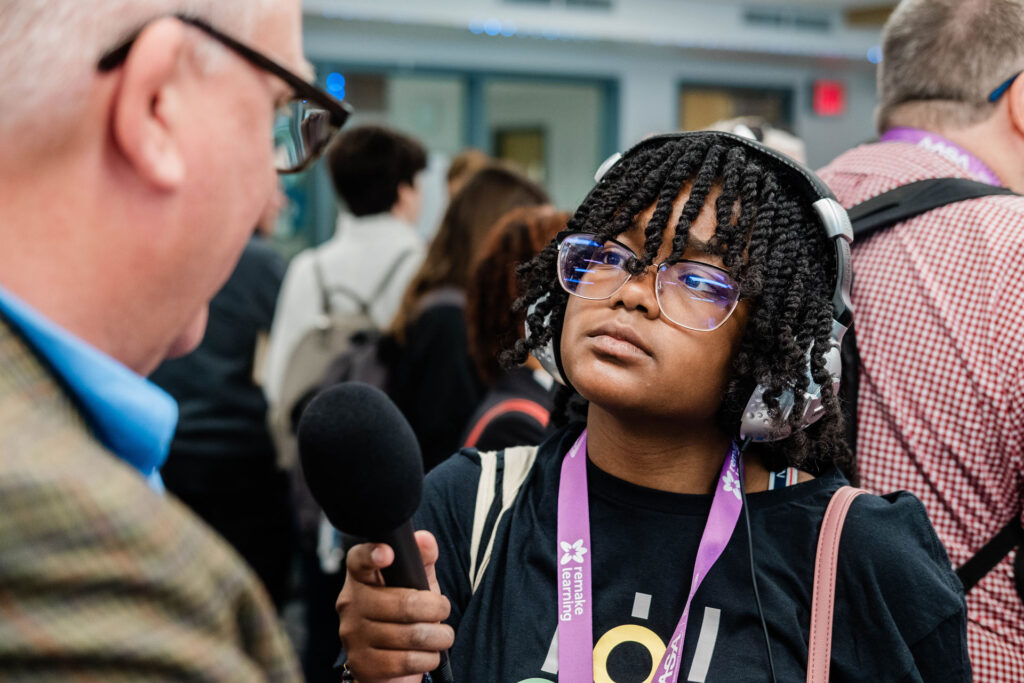
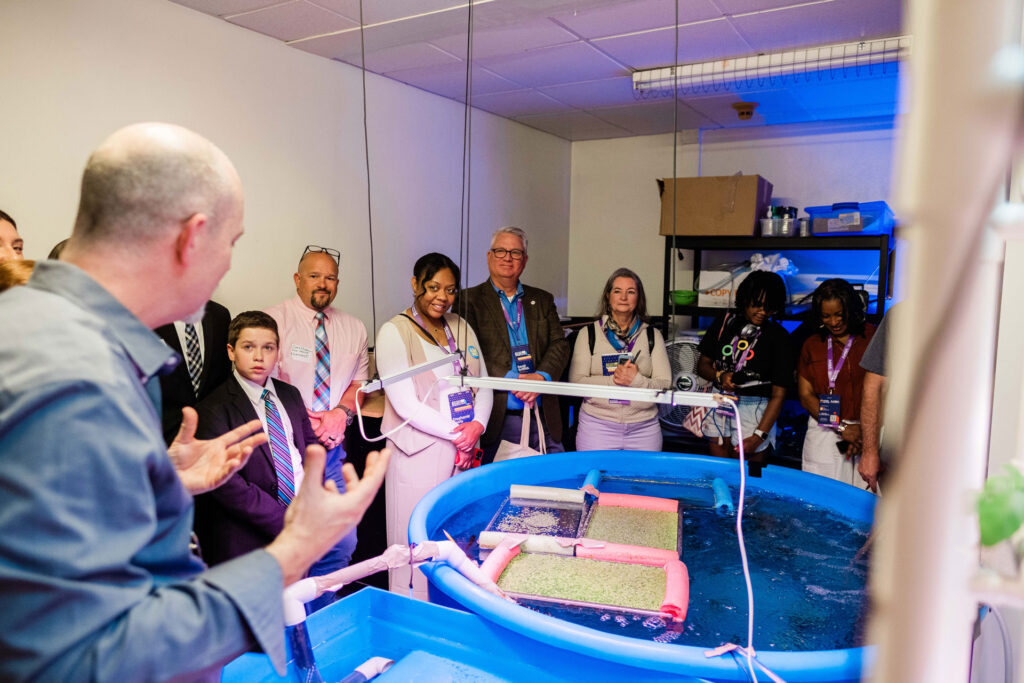
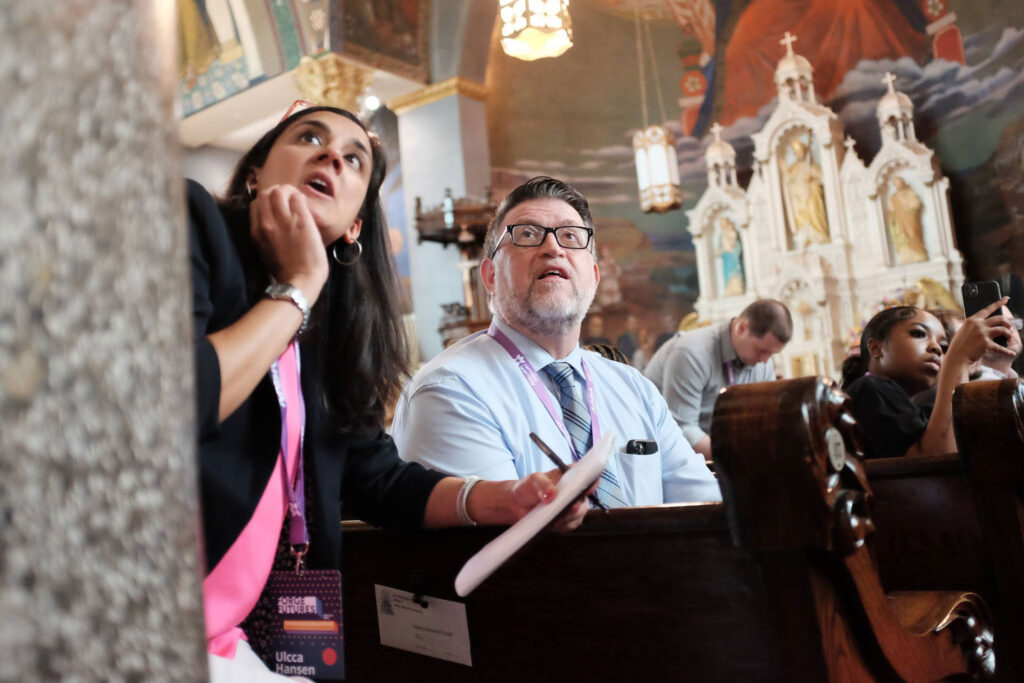
Before any brainstorming began, visitors spent a full day touring public school classrooms, afterschool learning hubs, a church filled with cultural treasures, cutting-edge research labs and a broad range of other learning sites across the Pittsburgh region.
In this wide array of environments, learning can take many different forms. While one group of attendees explored the inner workings of MCG Youth, a community-based arts education and apprenticeship program active for more than half a century, another group was busy roaming the halls of Suburban General, a former hospital now transformed into a community learning hub where students and tech companies innovate.
Along the way, they were encouraged to ask questions – even uncomfortable ones. The goal was to give attendees vivid, immediate raw material that they could combine with their own experiences and knowledge to fuel substantive brainstorming on the final day of the summit.
Superintendents who participate in AASA’s Learning 2025 Network also had time to gather prior to the summit’s official kickoff. On May 7, they were hosted by AASA, The School Superintendents Association, for discussions about reimagining success by creating forward-thinking systems. Breakout sessions dove into topics like changing mindsets, building community and incorporating AI literacy into classrooms.
The AASA team then extended their stay to participate in the Forge Futures summit.
Who participated
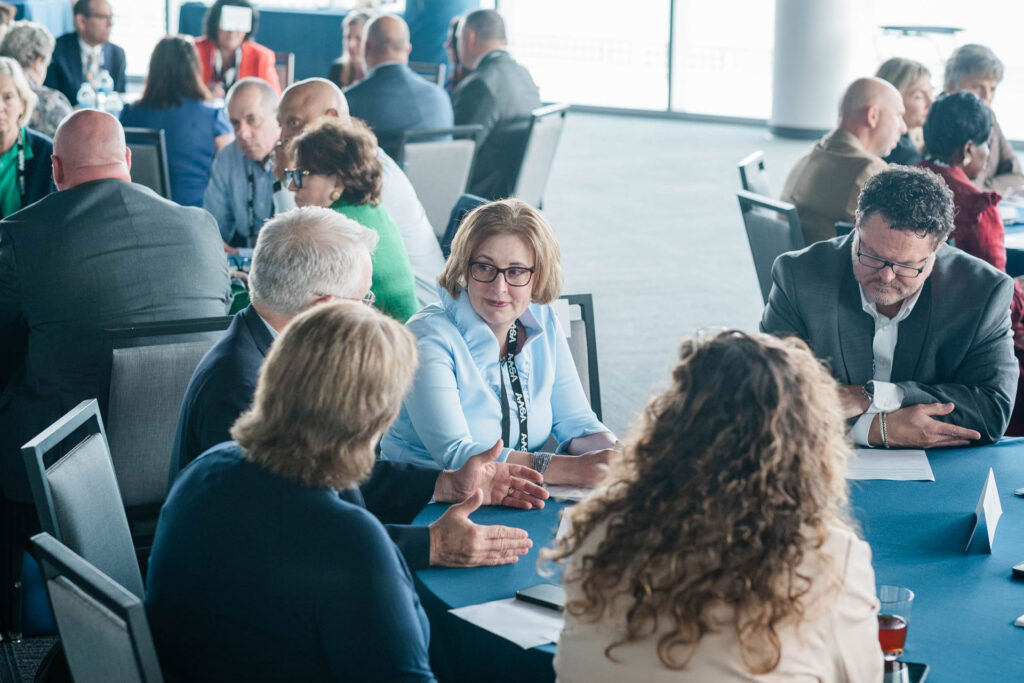
The superintendents who face the daily challenge of educating our nation’s kids don’t normally sit down with the leaders of global education innovation organizations. And those leaders don’t regularly get the chance to brainstorm with educators on the ground.
Forge Futures asked: What would happen if they did? What if both groups could share their knowledge and view learning through each other’s lens?
The summit team created “intentionally diverse tables,” Samstag said. “We had regional, national and international people at each table, who work across different sectors. And we made sure to have two or three superintendents at every table.”
This varied group of invitees met for sessions facilitated by leading organizations from the world of education innovation, including Global Education Leaders’ Partnership (GELP), Digital Promise’s League of Innovative Schools, KnowledgeWorks and the Pittsburgh region’s Allegheny Intermediate Unit.
Facilitators from What Could Be used human-centered design techniques to help participants turn their visions and research insights from site visits into a series of prototype concepts. Moments of independent reflection were mixed with group brainstorming, and there was plenty of room for positive friction, generative testing and a vigorous critique of ideas.
Together, participants sought patterns and trends among their individual reflections, and slowly iterated a range of ideas into robust solutions, says Caroline Gilliland, one of the lead facilitators from What Could Be.
And everyone contributed: “We didn’t want people just sitting back and allowing one voice to take over for the team. We wanted everybody’s input,” Gilliland said.
“Not everyone had English as a first language. We know that everybody has a diverse background,” she said. “We wanted to make sure that we could meet people wherever they were. So whatever way someone wanted to contribute, we wanted to make sure that they were able to do that.”
Powerful and provocative questions emerged: How might cities turn streets into classrooms? How might learning feel like someone picked out the perfect gift for you? How might we expand who we consider as teachers?
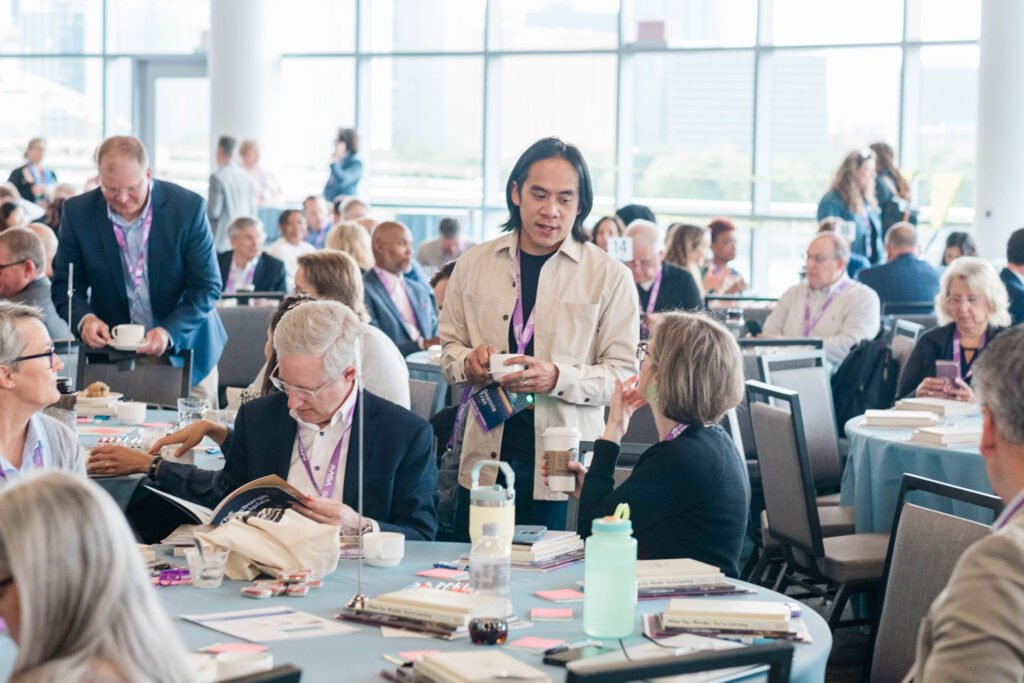
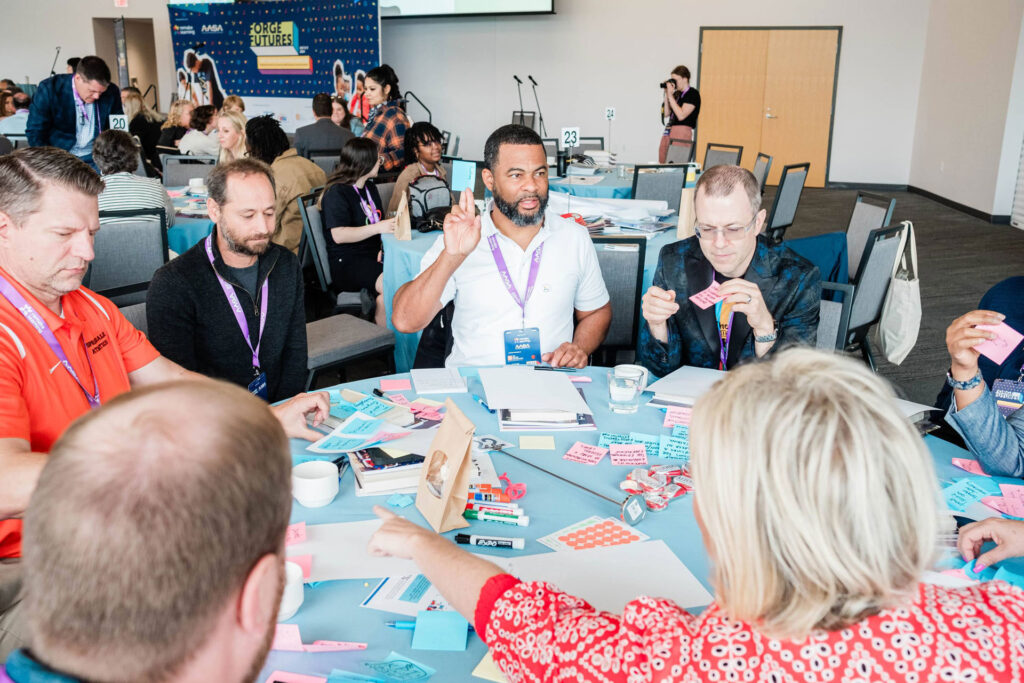
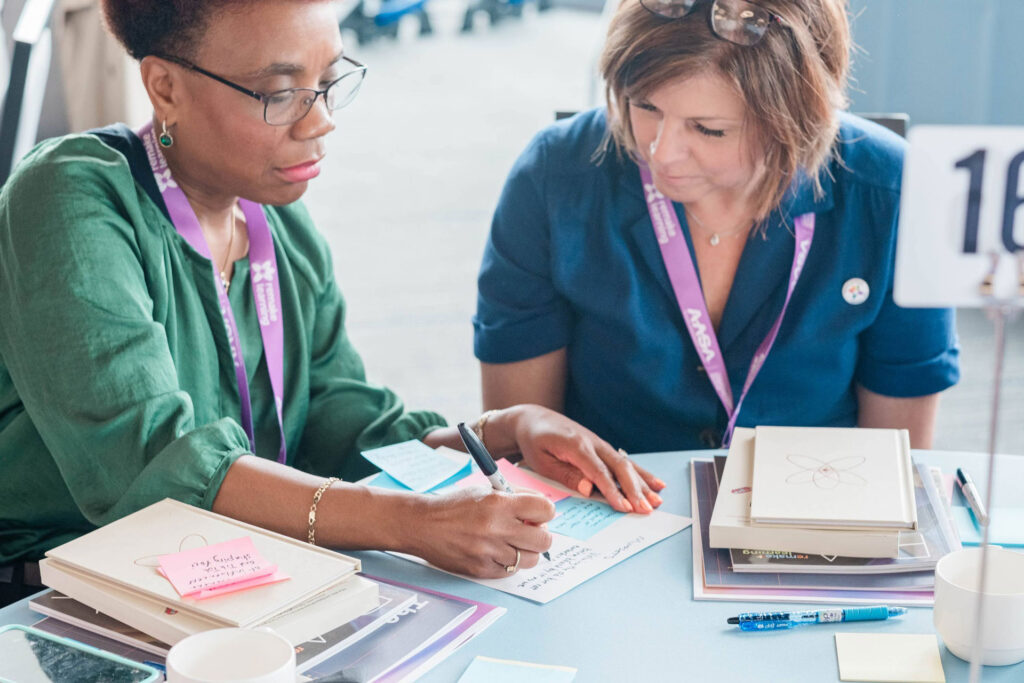
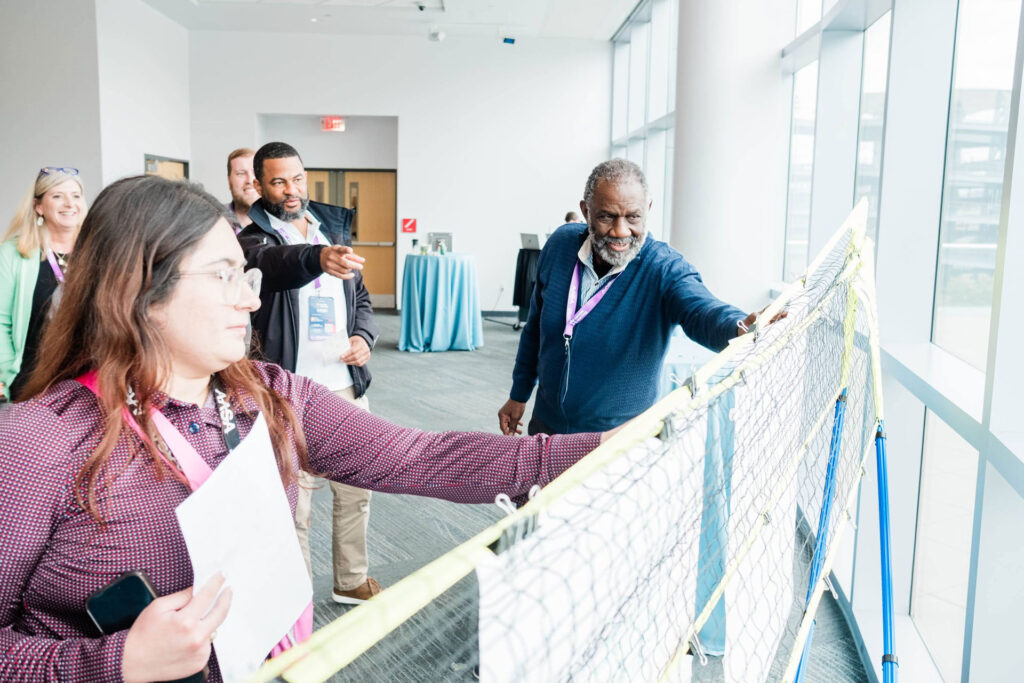
WHAT’S AHEAD?
In closing remarks, Gregg Behr – executive director of The Grable Foundation, which supported the summit along with the Richard King Mellon Foundation and The Heinz Endowments – spoke about what a privilege and a vital responsibility it is to work on behalf of children.
The litany of challenges that communities have faced in recent years, from the pandemic and economic uncertainty to political and social turmoil, have made this work exceptionally challenging, he said. But families, schools and entire communities emerge stronger from times like these by working together – something this diverse collection of thinkers and educators had managed to do in their brief time together.
With a developing database of new ideas and a commitment to continue refining the most promising concepts that emerged from their discussions, the attendees will, in the coming months, consider questions like these:
- How might we truly use the community as a classroom and help students self-direct their learning experiences? Traditional models have school in the middle. How might we incorporate all of the pieces orbiting around them – libraries, businesses, community leaders, museums, afterschool providers and more – to create learning experiences that give students meaningful credit?
- How might we tackle students’ lack of engagement, lack of mastery of core skills and struggle to develop strong executive functioning by creating learning systems that allow for self-paced learning and a focus on self-efficacy, agency and ownership?
- How might we measure what matters? A system based on time spent in classrooms and grades earned on exams can yield little to no connection between the learner and the actual goal of learning and can actually serve as a barrier to access, good teaching and deeper learning. What new ways of assessing and reporting can elevate what we know about how learning and development happen?
With these creative ideas and more in mind, participants at Forge Futures are now being invited to apply for up to $50,000 in National Moonshot Grant funding that supports the testing of bold ideas.
This grant opportunity challenges educators to envision their preferred future of learning — what they hope learning will look like 10 to 20 years in the future — and propose a project that can take a bold step in that direction. A total of $550,000 will be awarded to catalyze the future of learning.
“From the very beginning, we asked summit attendees to be audacious,” said Behr. “We called on them to not only envision, but to begin building a world where every learner finds the tools, resources and relationships to become the best of whoever they are.
“And with these Moonshot projects, they’re answering that call in a big way — and showing the world that together, we have what we need to forge the futures our learners deserve.”
Authored by
Melissa Rayworth has spent two decades writing about the building blocks of modern life — how we design our homes, raise our children and care for elderly family members, how we interact with pop culture in our marketing-saturated society, and how our culture tackles (and avoids) issues of social justice and the environment.
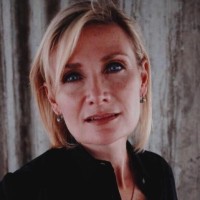
Melissa Rayworth
Melissa Rayworth has spent two decades writing about the building blocks of modern life — how we design our homes, raise our children and care for elderly family members, how we interact with pop culture in our marketing-saturated society, and how our culture tackles (and avoids) issues of social justice and the environment.
